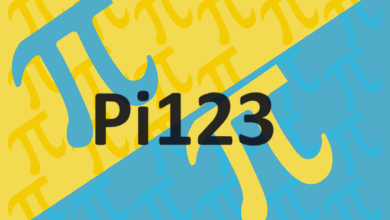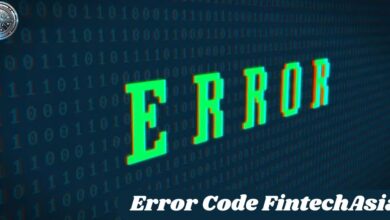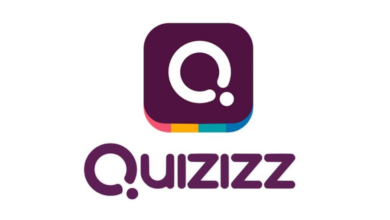Exploring the Scribbr AI Detector: A Comprehensive Overview
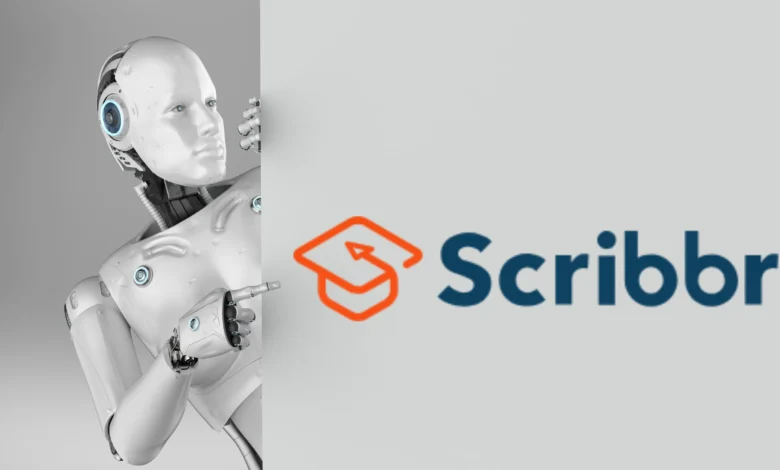
Introduction to the Scribbr AI Detector
The Scribbr AI Detector is an innovative tool designed to identify AI-generated text, responding to the rising concerns regarding the authenticity of content in various fields, particularly in academic writing and content creation. As artificial intelligence becomes increasingly sophisticated, generating readable and coherent texts is becoming more common, leading to challenges in verifying the source of such content. The Scribbr AI Detector aims to address this issue by providing a reliable method for detecting AI-generated material.
One of the primary purposes of the Scribbr AI Detector is to help educators, researchers, and content creators differentiate between human-written and AI-generated texts. This distinction is critical in maintaining the integrity of academic work, where originality and authorship are paramount. Given that many institutions now require proper citations and original content, tools like the Scribbr AI Detector play a significant role in ensuring compliance with these standards.
The functionalities of the Scribbr AI Detector extend beyond mere detection; it offers users a comprehensive analysis of the text submitted. This includes evaluating readability scores, identifying potential plagiarism, and providing suggestions for text improvement. The inclusion of these features allows users not only to detect AI involvement in their writing but also to enhance their overall writing quality. Moreover, the Scribbr AI Detector’s user-friendly interface makes it accessible to a wide audience, from students to professionals, facilitating its usage in varied contexts.
Overall, the relevance of the Scribbr AI Detector in today’s digital landscape cannot be overstated. By addressing the crucial need for transparency and authenticity in content creation, it supports a commitment to upholding integrity in academic and professional environments alike. As this technology evolves, its implications for writing and authorship will continue to be a topic of significant discussion.
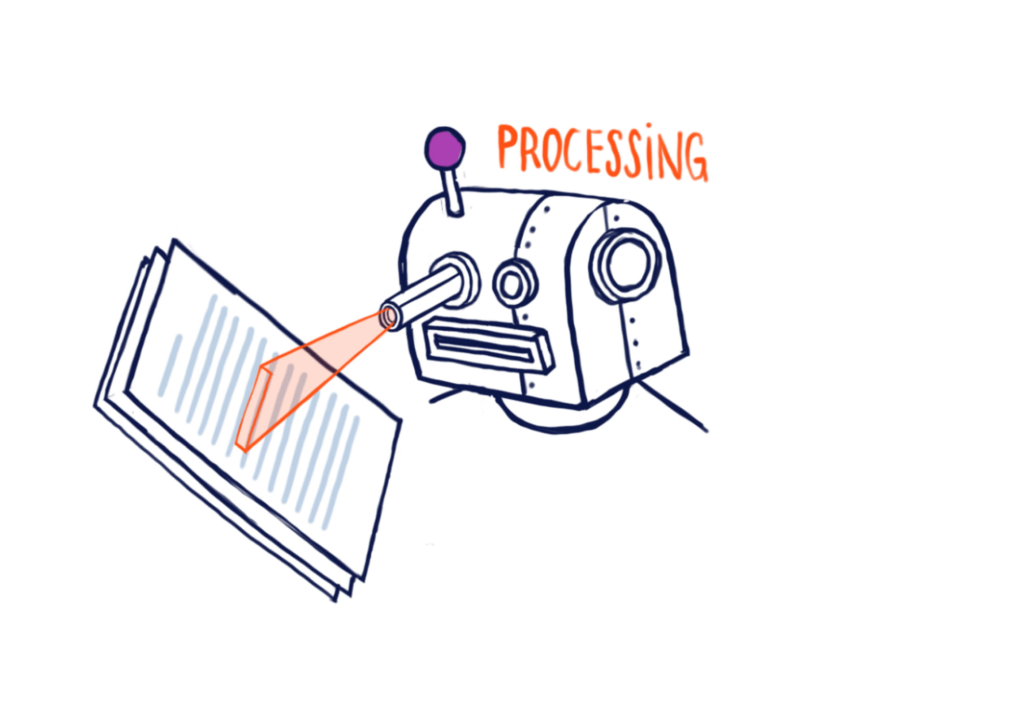
How the Scribbr AI Detector Works
The Scribbr AI Detector employs sophisticated algorithms to analyze text and discern whether it has been generated by artificial intelligence or written by a human. At its core, the detector utilizes natural language processing (NLP) techniques, which allow it to process and understand human language in a way that mimics human reasoning. By examining the syntactic structure and linguistic patterns of a given text, the Scribbr AI Detector can identify distinctive features that may indicate AI authorship.
Machine learning plays a crucial role in how the Scribbr AI Detector functions. Over time, the system is trained on vast datasets comprising both human-written and AI-generated text. This training enables the detector to learn the subtle nuances and characteristics that differentiate the two writing styles. For instance, AI-generated text often lacks emotional depth and tends to follow recognizable patterns, which the Scribbr AI Detector can flag as potential indicators of non-human authorship. The detector continuously updates its model by incorporating new data, thus enhancing its accuracy and adaptability to various writing styles.
Data analysis techniques applied by the Scribbr AI Detector include statistical modeling and pattern recognition. These methods help in evaluating multiple factors, such as word choice, sentence length, and overall coherence. By quantifying these elements, the detector can effectively gauge the likelihood that a piece of text was produced by an AI model. Real-world case studies demonstrate the effectiveness of the Scribbr AI Detector in various scenarios, from academic integrity to content creation. In several instances, the tool has successfully identified text that was inaccurately attributed to a human author, underscoring its reliability and importance in contemporary text assessment.
Benefits of Using the Scribbr AI Detector
The Scribbr AI Detector offers numerous advantages for students, educators, and content creators alike. One of the most significant benefits is its ability to enhance academic integrity. In an era where ensuring originality in written work is crucial, the Scribbr AI Detector assists users in identifying potential instances of plagiarism, whether intended or accidental. By systematically analyzing text and comparing it against a vast database of sources, the tool provides valuable insights that promote ethical writing practices.
Another significant benefit of the Scribbr AI Detector is its role in improving writing quality. This tool does not merely flag suspected plagiarism; it also offers guidance on how to refine and enhance the writing process. Users can benefit from suggestions on rephrasing, sentence structure, and overall coherence, which are essential components of effective communication. As students and content creators strive to develop their skills, utilizing the Scribbr AI Detector can foster growth through constructive feedback.

Furthermore, the Scribbr AI Detector serves as a helpful resource for educators. Teachers can utilize the tool to evaluate student submissions more efficiently, saving time and ensuring a fair assessment of academic work. By allowing educators to focus on instruction rather than manual checks for academic dishonesty, the tool supports a more productive learning environment. Many users have reported positive experiences, highlighting the tool’s accessibility and accuracy, which bolster confidence in their writing abilities. Overall, the advantages of the Scribbr AI Detector underscore its value as a multifaceted resource, making it an indispensable tool for anyone involved in the writing process.
Limitations and Considerations of the Scribbr AI Detector
While the Scribbr AI Detector serves as a valuable tool for identifying AI-generated content, it is important to recognize its limitations. One notable challenge users may encounter is the occurrence of false positives or false negatives. False positives can occur when human-written content is mistakenly flagged as AI-generated, potentially undermining the credibility of the original work. Conversely, false negatives may lead to undetected AI-generated texts, raising concerns about integrity in academic and professional settings.
Another significant factor influencing the effectiveness of the Scribbr AI Detector is the context in which content is produced. The algorithm may struggle to accurately assess the nuances and subtleties inherent in various writing styles, subject matter, or author backgrounds. This context dependency can lead to inconsistent results, which may not accurately reflect the true nature of the text in question. Users should be aware that while the detector aims to provide accurate assessments, its performance may vary based on different factors.
To enhance the reliability of the Scribbr AI Detector, it is advisable for users to adopt best practices when interpreting its results. Users should not rely solely on the tool but instead utilize it as part of a broader approach to content evaluation. Incorporating human oversight and expert judgment is critical for ensuring an effective review process. Collaborating with peers to cross-check findings and engaging in discussions about detected content can greatly improve the accuracy of assessments.
Ultimately, while the Scribbr AI Detector is an innovative resource, users should exercise caution and consider the potential limitations. By being aware of these challenges and employing supplementary methods for analysis, users can uphold the integrity of their work and make informed decisions regarding AI-generated content.

